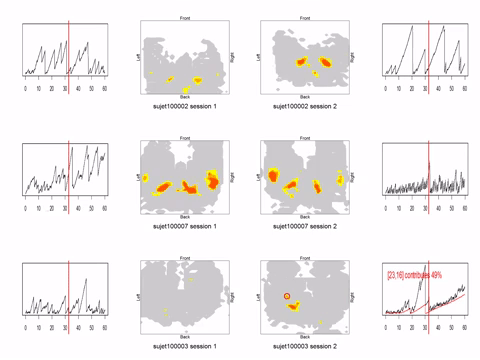
Pressure ulcers (PU) are known to be a high-cost disease with a risk of severe morbidity. This paper evaluates a new clinical strategy based on an innovative medical device [Tongue Display Unit (TDU)] that implements perceptive supplementation in order to reduce prolonged excessive pressure, recognized as one of the main causes of PU. A randomized, controlled, and parallel-group trial was carried out with 12 subjects with spinal cord injuries (SCI). Subjects were assigned to the control (without TDU, n = 6) or intervention (with TDU, n = 5) group. Each subject took part in two sessions, during which the subject, seated on a pressure map sensor, watched a movie for one hour. The TDU was activated during the second session of the intervention group. Intention-to-treat analysis showed that the improvement in adequate weight shifting between the two sessions was higher in the intervention group (0.84 [0.24; 0.89]) than in the control group (0.01 [-0.01; 0.09]; p = 0.004) and that the ratio of prolonged excessive pressure between the two sessions was lower in the intervention group (0.74 [0.37; 1.92]) than in the control group (1.72 [1.32; 2.56]; p = 0.06). The pressure map sensor was evaluated as being convenient for use in daily life; however, this was not the case for the TDU. This paper shows that persons with SCI could benefit from a system based on perceptive supplementation that alerts and guides the user on how to adapt their posture in order to reduce prolonged excessive pressure, one of the main causes of PU.

